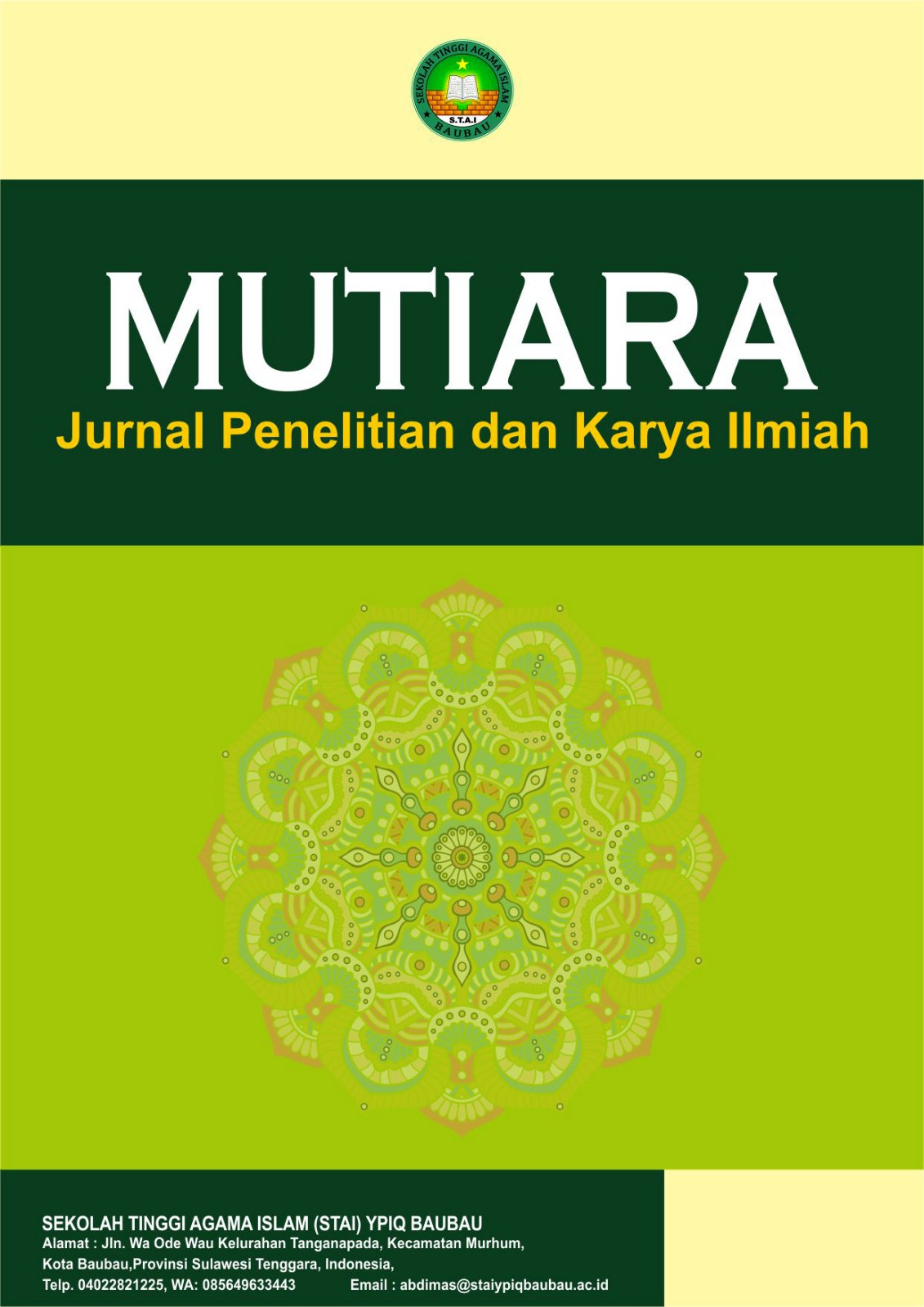Putus Sekolah Akibat Permasalahan Kemiskinan pada Keluarga Miskin di Kampung Petukangan, Jakarta Timur
DOI:
https://doi.org/10.59059/mutiara.v3i3.2564Keywords:
Pierre Bourdieu, poverty, school dropout, social reproduction, symbolic violenceAbstract
The phenomenon of school dropout remains a serious issue in Indonesia’s education system, particularly in urban poor areas such as Kampung Petukangan, East Jakarta. This study aims to understand how poverty, both in its absolute and relative forms, contributes to children's decisions to leave school, as well as how the education system plays a role in reproducing social inequality. Using a qualitative approach with in-depth interviews and limited participant observation, the research was conducted with five informants, consisting of school dropouts and their parents. The analysis draws on Pierre Bourdieu’s theoretical concepts, including habitus, capital, field, symbolic violence, and social reproduction. The findings indicate that dropping out of school is not merely an individual decision, but the result of a complex interaction between economic structures, the habitus of poor families, a lack of social and cultural capital, and symbolic mechanisms within the education system that subtly exclude disadvantaged children. Instead of serving as a tool for social mobility, school functions as an arena that reproduces class inequality across generations.
References
Adams, R. (2008). Empowerment, Participation and Social Work. Palgrave Macmillan.
Amartya, S. (1999). Development as Freedom. Oxford University Press.
Bappenas. (2019). Laporan Evaluasi Program Perlindungan Sosial. Kementerian Perencanaan Pembangunan Nasional/ Bappenas.
Bourdieu, P., & Passeron, J.-C. (1990). Reproduction in Education, Society and Culture (IV ed.). SAGE Publications.
Dewi, S. R., & Khasanah, N. (2020). Representasi Ketimpangan Sosial dalam Film “Kucumbu Tubuh Indahku”. Jurnal Komunikasi Kajian Teori dan Praktik, 10(2), 145–160.
Hikmah, Q., & Arifin, J. (2016). Kemiskinan dan Putus Sekolah. Jurnal Equilibrium, 4(2), 105–112.
Jenkins, R. (2013). Pierre Bourdieu: Key Sociologist. Routledge.
Kabeer, N. (2000). Social exclusion, poverty and discrimination: Towards an analytical framework. IDS Bulletin, 31(4), 83–97.
Komnas Perempuan. (2020). Catatan Tahunan (CATAHU) Kekerasan terhadap Perempuan 2020. Komnas Perempuan RI.
Midgley, J., & Piachaud, D. (2011). Social Protection, Economic Growth and Social Change. Edward Elgar Publishing.
Muhlis, M., Susdiyanto, S., & Masri, A. R. (2017). Potret Kemiskinan dan Anak Putus Sekolah di Desa Temmabarang. Jurnal Diskursus Islam, 5(3), 407–416.
Nugroho, H. (2008). Kemiskinan dan Negara: Menggugat Wacana Pemberdayaan. Resist Book.
Putri, A. D., & Fauzan, R. (2021). Representasi Kemiskinan dalam Film Turah. Jurnal Ilmu Sosial dan Pendidikan Dora, 1(1), 205–221.
Rahardjo, D. (2005). Sisi Gelap Kemiskinan. Pustaka LP3ES Indonesia.
Rokhmah, D. (2013). Pendidikan dan Ketidakadilan Sosial: Kajian terhadap Akses Pendidikan bagi Anak Miskin. Jurnal Ilmiah Pendidikan dan Pembelajaran, 7(1), 53–63.
Sen, A. (1999). Development as Freedom. Oxford University Press.
Martono, N. (2019). Sekolah Inklusi sebagai Arena Kekerasan Simbolik. Sosiohumaniora, 21(2), 150-158.
UNDP Indonesia. (2020). Leaving No One Behind in Indonesia: A Policy Brief on Inclusive Social Protection. United Nations Development Programme Indonesia.
Winarnita, M. (2015). Female Education Dropout in Marginalised Communities in Indonesia. The Asia Pacific Journal of Anthropology, 16(1), 1–18.
Yusuf, M., & Setiawan, H. (2021). Strategi Mengatasi Putus Sekolah di Daerah Tertinggal. Jurnal Pendidikan dan Pemberdayaan Masyarakat, 8(2), 123–136.
Downloads
Published
How to Cite
Issue
Section
License
Copyright (c) 2025 Mutiara : Jurnal Penelitian dan Karya Ilmiah

This work is licensed under a Creative Commons Attribution-ShareAlike 4.0 International License.








